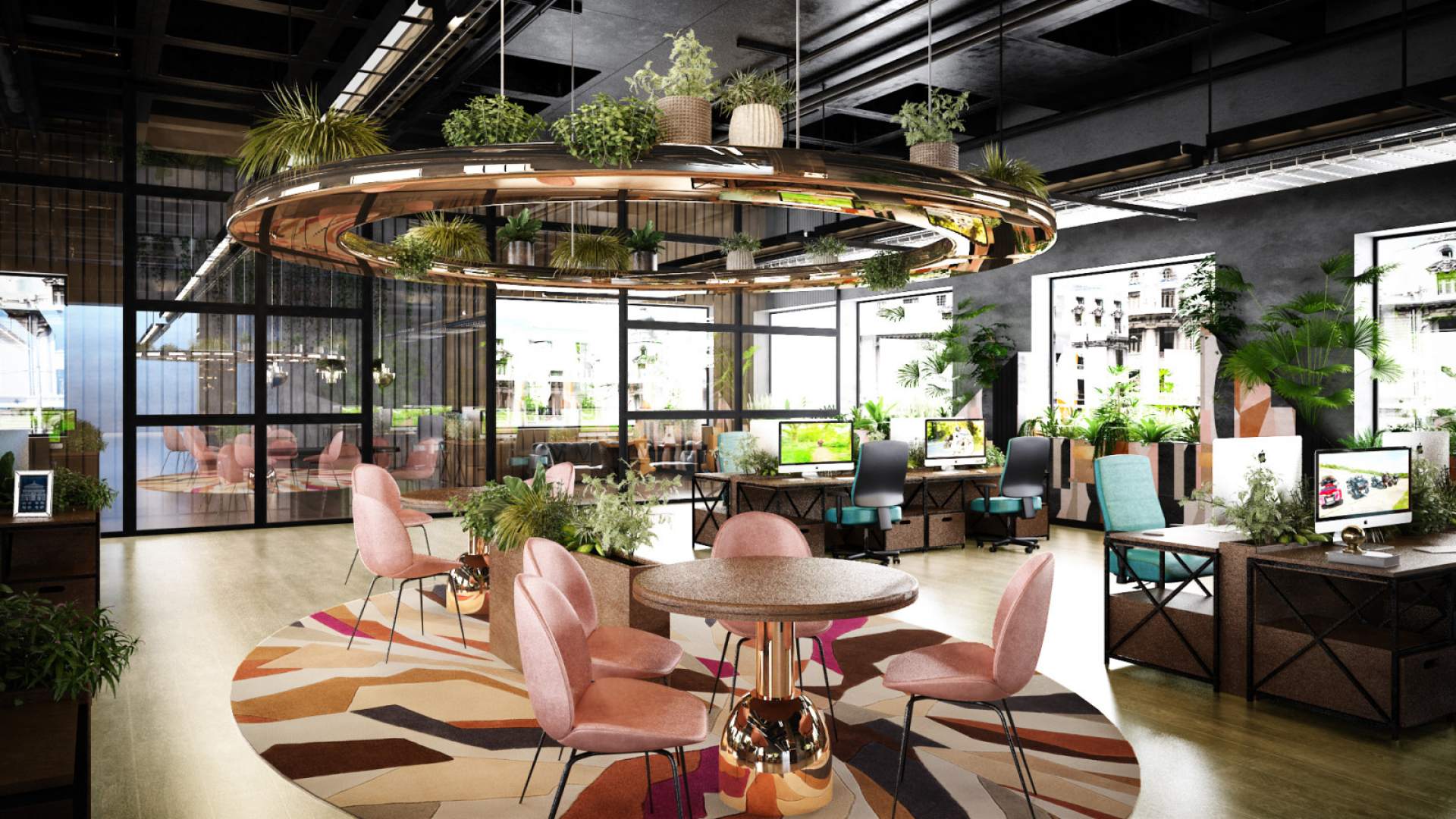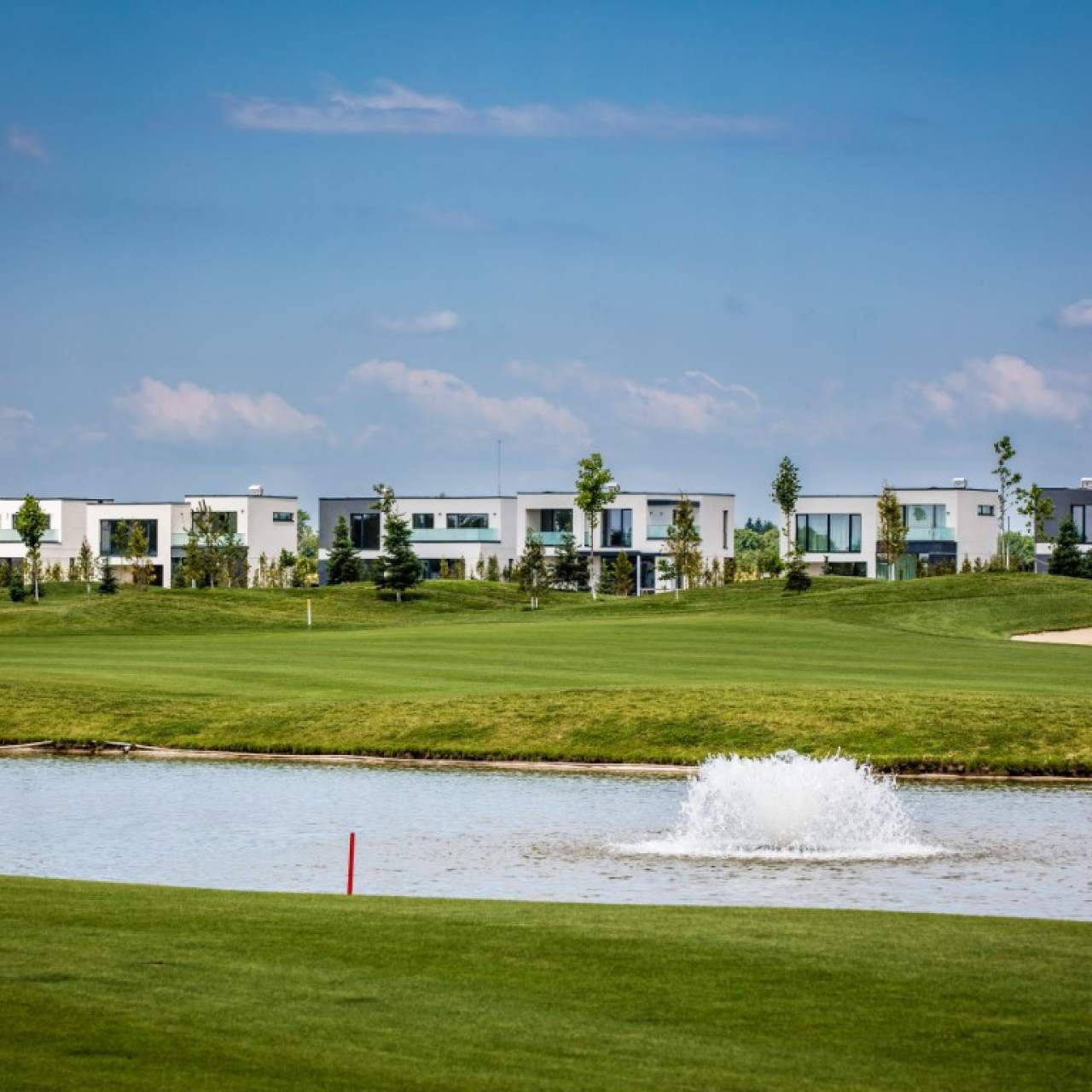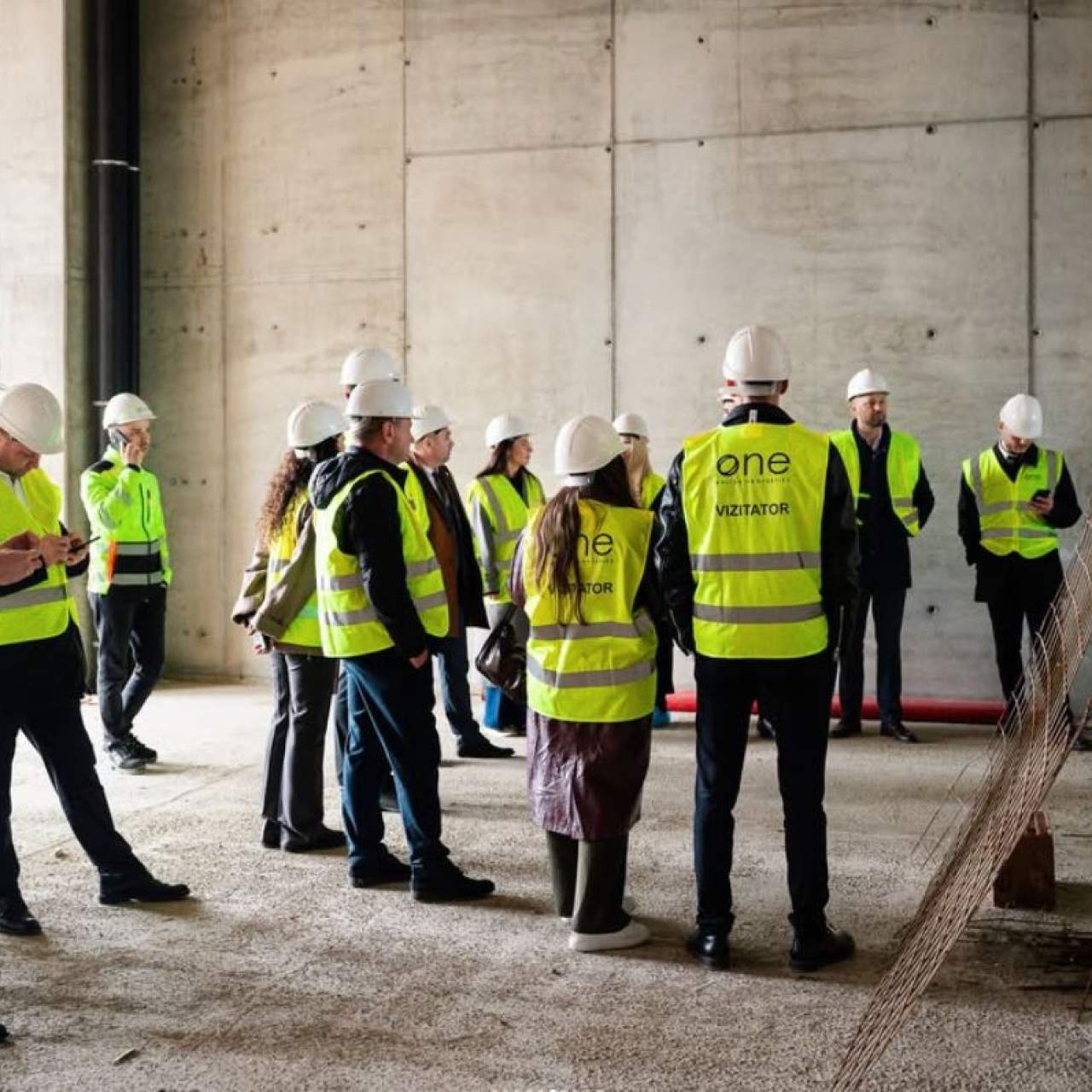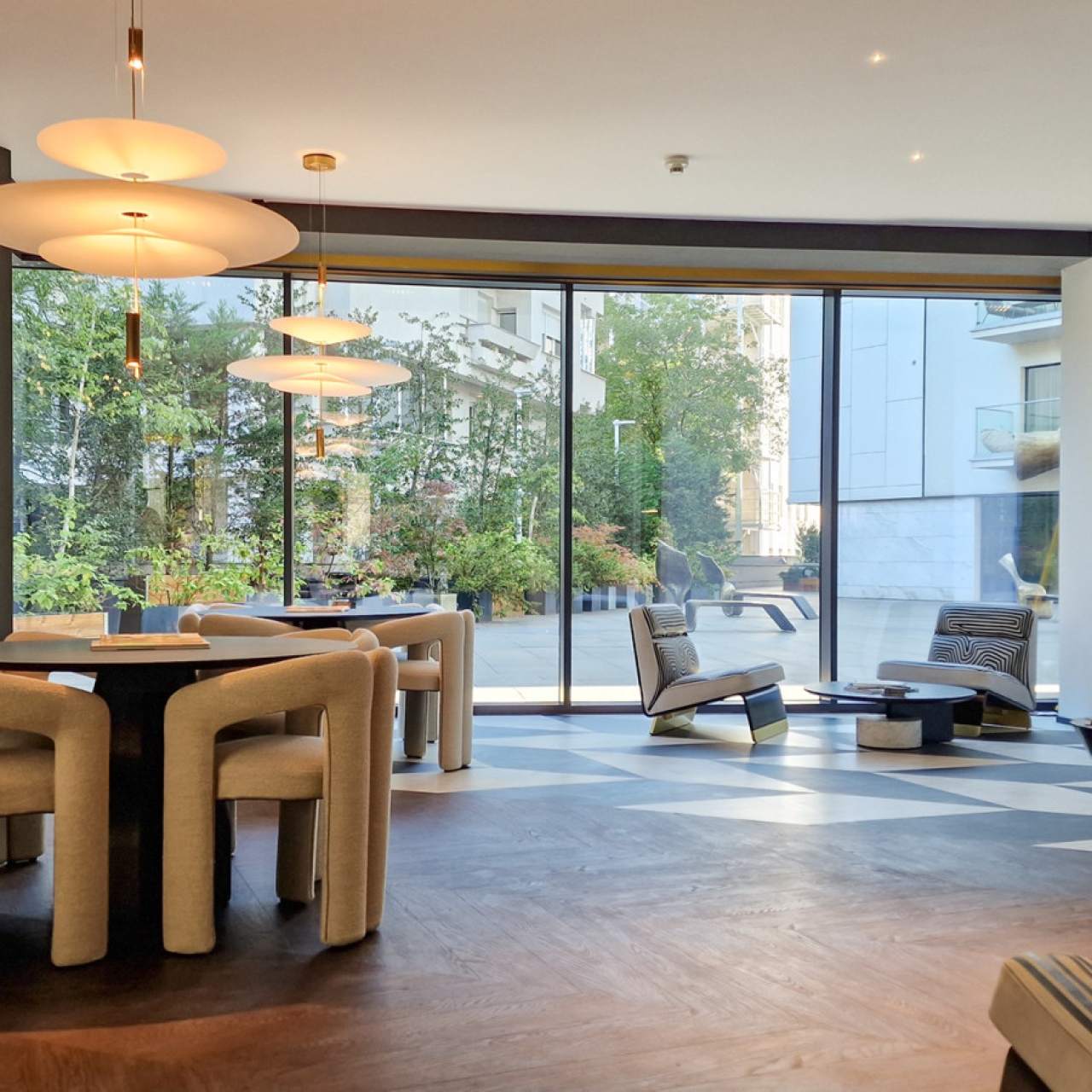
Architectural and design trends in 2021
While in 2020 zero-emission houses, floral prints wallpapers, Scandinavian style or curved lines, among others, were fashionable in terms of architecture and design, 2021 maintains some of the trends of the previous year and complements them with a series of strongly contoured and natural styles, modern and sustainable elements meant to give us the peace, inspiration and the comfort we need.
The colour of the year 2021
Pantone, the company that produces the famous colour system used in many industries (fashion, graphic design, product design), has chosen as representative for 2021 two shades: Ultimate Grey, a tempered shade of grey, and Illuminating, a bright tone of yellow, describing them as “a marriage of colour conveying a message of strength and hopefulness”. The two shades have replaced the classic blue, called the colour of the year in 2020.
Industrial style
Commonly encountered in urban areas, the industrial style is certainly one that stands out. Among the elements that characterize it are high ceilings, asymmetrical shapes, neutral colours, and the use of raw materials, which give it an unfinished look. We usually encounter metal - especially iron, copper and aluminium, wood, and brick.
The concept of "resimercial design"
A combination of residential and commercial space, this style aims to create, in modern office spaces, a home-like atmosphere, designed to stimulate the creativity and productivity of employees, while also giving them a more comfortable workspace. To create it you can use ambient lights, comfortable furniture such as sofas or armchairs, carpets, and curtains made of natural fibres and houseplants.
Transforming the house into a multifunctional space
When employees from some companies were told that they would work from home and that children would switch to online classes, the houses were turned into offices and classrooms, but not all were properly arranged to serve such activities. So, architects and designers now have the role of putting their creativity "to the test" to transform homes into multifunctional spaces, which can quickly adapt to the needs of tenants, giving them privacy and peace, without resorting to major changes. Among the needs of multifunctional houses are good acoustics and light, walls in neutral colours and without decorations, for designing presentations and creating suitable backgrounds for everyday activities, whether we are talking about Zoom meetings, virtual meetings with friends, or meditations on maths.
Smart buildings
Currently, with the help of technology buildings can be equipped, among others, with automated systems for regulating temperature, light, and water consumption, but also with sensors or access control systems. Design-wise meeting rooms can be equipped with smart sockets and bulbs, and even LCD screens, which when not in use can be transformed into transparent windows. Residential spaces can also have a multitude of features, such as virtual assistants or smart appliances that can be started from applications. These facilities ensure a higher degree of sustainability, lower costs, increased comfort, and safer working and living spaces.
Reconverting old buildings into modern spaces
Although this trend has been popular in the real estate market for many years, as the need for sustainability increases, real estate developers, architects, and designers are paying more and more attention to it. The transformation of old buildings into modern office spaces, shopping malls, or residential complexes brings many benefits to communities: historic buildings are preserved, the degree of real estate overdevelopment is slowed down, and the degree of pollution is reduced. In Romania, such an example is One Herăstrău Towers, developed by One United Properties on the site of a formerly abandoned building, a real infection nidus.
Emphasis on kitchens and bathrooms
The kitchen is one of the most important spaces of the house, for which the largest budgets are allocated. Among the trends for 2021 are the valves with a unique design, meant to transform them into central parts, but also those based on sensors; using shades of green instead of the usual shades of grey; arranging well-organized storage spaces, and equipping rooms with smart technologies. The bathrooms, in turn, are transformed into oases of relaxation by using bamboo, rattan, and other natural materials, but also by equipping them with jacuzzi or whirlpool tubs and intelligent systems such as Bluetooth-activated showers with built-in speakers.
Natural materials and patterns
In pretentious terms, this trend is known as biophilic design and has as its central element nature and the need to connect and integrate it in work or living spaces. Whether we are talking about "green" walls, covered with vegetation or glass walls, which allow the penetration of natural light, recycled wood, or rattan furniture, or simply models and prints that mimic themes of nature (leaves, flowers), all help us get a natural and sustainable look of the buildings.
Data for this article was obtained from pantone.com, hackrea.com, leadesign.com, and uk.work-agile.com.
Inspired by the article?
Explore apartments in neighborhoods worth discovering:


